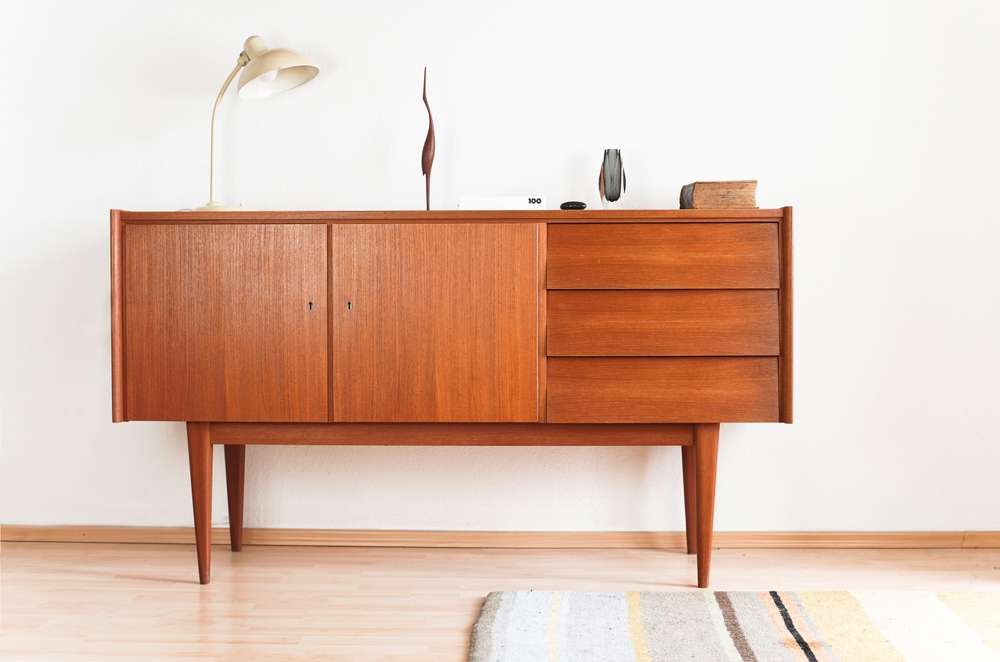Choosing a Dining Room Set: Table, Chairs and Furniture Guide
A dining room set anchors meals, gatherings, and daily routines, so choosing one calls for practical decisions and personal taste. This guide walks through the main considerations—from how a dining set fits your space to selecting a table style, picking chairs that balance comfort and proportion, coordinating additional furniture, and caring for the pieces. Whether you’re furnishing a compact apartment or updating a formal room, the right approach helps you get furniture that works for use, traffic flow, and long-term durability.

How to choose the right dining set?
Start by defining how you use the dining room: everyday family meals, occasional entertaining, or a multipurpose space for work and crafts. Count the typical number of diners and the maximum you might host; modular or extendable dining sets suit flexible needs. Consider material and finish for durability—solid wood, engineered wood, metal, and glass all have trade-offs in maintenance and wear. Check construction details like joint types and table-top thickness if you expect heavy use. Finally, factor in delivery, assembly, and how the set will fit through doorways and stairs to avoid surprises when it arrives.
Which table shape and size fits your space?
Table shape and size influence circulation and visual balance. Rectangular tables often fit long rooms or open plans, while round and oval tables can improve flow in tighter or square dining rooms by eliminating sharp corners. Square tables are best for small, intimate settings. Measure the room and allow clearance for chairs and walking space; a common guideline is to leave about 36 inches (approximately 90 cm) from the table edge to walls or other furniture to enable chairs to pull out comfortably. Also consider an extendable table if you want compact everyday proportions with occasional extra seating.
How to select chairs for comfort and style?
Chair selection ties comfort, scale, and aesthetic together. Ensure seat height pairs well with your table—most standard tables are around 28–30 inches tall and chairs typically have 17–19 inch seat heights, leaving enough knee clearance. Test or try chairs for seat depth and back support if possible; padding and upholstery choices affect comfort and cleaning needs. Look for proportional visual weight so chairs neither overpower nor disappear next to the table. Mixing chair styles can add personality—use a common element like material or color to unify the look. Consider stackable or armless options for flexibility in smaller dining rooms.
How to coordinate furniture in the dining room?
Think beyond the dining set to other furniture pieces that support functionality, such as sideboards, buffets, display cabinets, or bar carts. Choose pieces that scale appropriately: a bulky cabinet can overwhelm a modest set, while a slender buffet might look lost next to a large table. Match or thoughtfully mix materials—pairing warm wood tones with metal accents or glass can create balance. Rugs, lighting, and wall storage also affect the overall impression: a rug should be large enough so chairs remain on it when pulled out, and a pendant light should be centered over the table at a height that provides even illumination without obstructing sight lines.
Care and placement for your dining room set
Proper placement and routine care prolong the look and function of your dining set. Place the set to preserve traffic flow and keep a clear path between the dining room and adjacent spaces. Use rug sizing, placemats, and coasters to protect finishes; felt pads under chair legs prevent floor scratches. For wood furniture, follow the manufacturer’s cleaning recommendations—usually a dry or slightly damp cloth and occasional specialized cleaner—avoiding harsh chemicals. Tighten fasteners periodically and replace worn glides or hardware. For upholstered chairs, vacuum and address spills promptly according to fabric care instructions to avoid permanent staining.
In summary, selecting a dining room set involves practical measurements, an assessment of daily needs, and choices about materials and style that match both function and the room’s character. By measuring your space, thinking about how many people you’ll seat regularly, coordinating supplementary furniture, and committing to basic upkeep, you can choose a table and chairs that serve daily life and evolve with your home.






